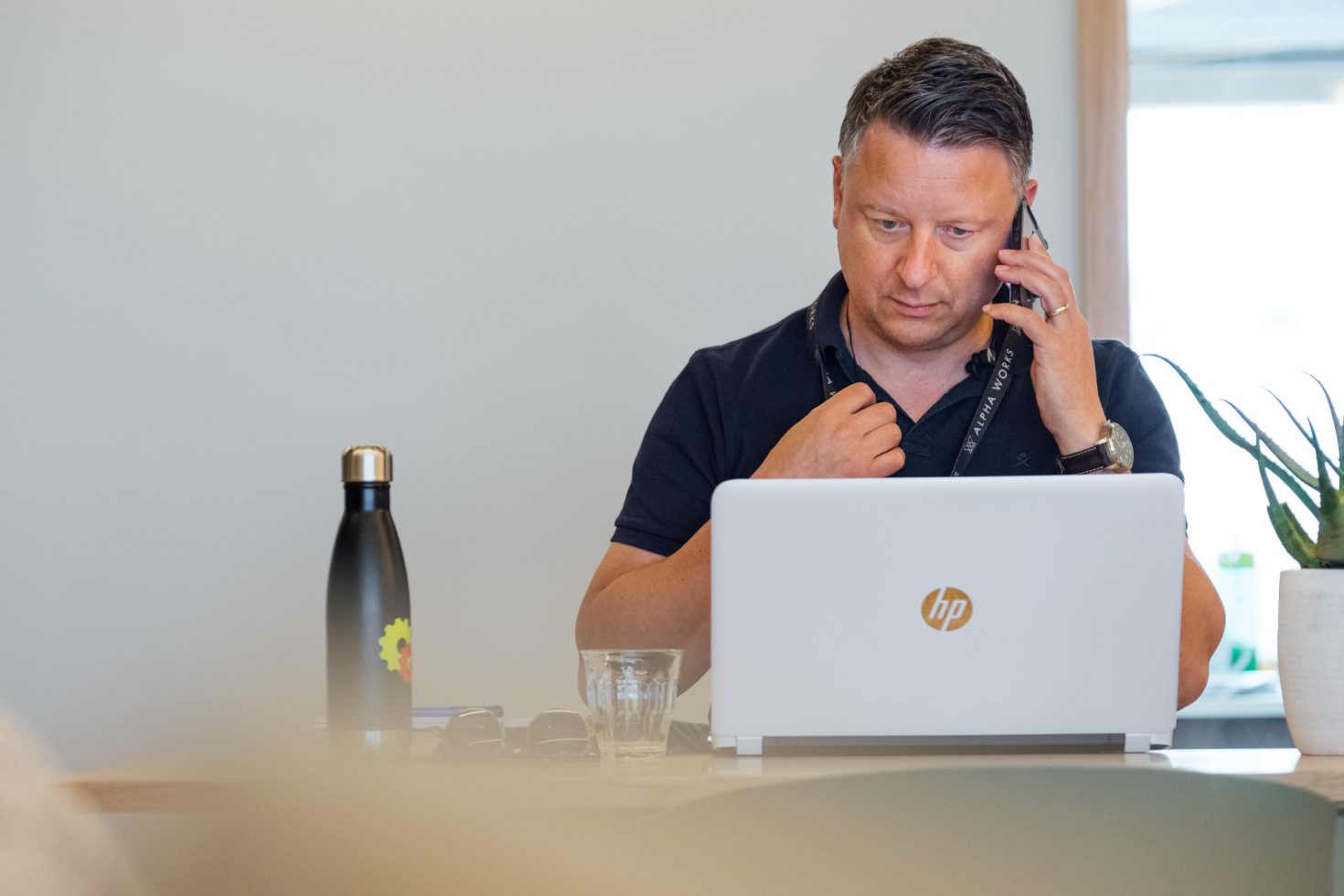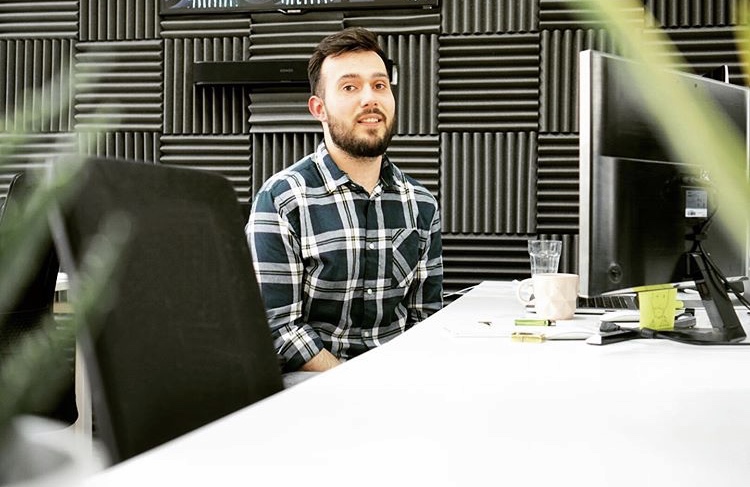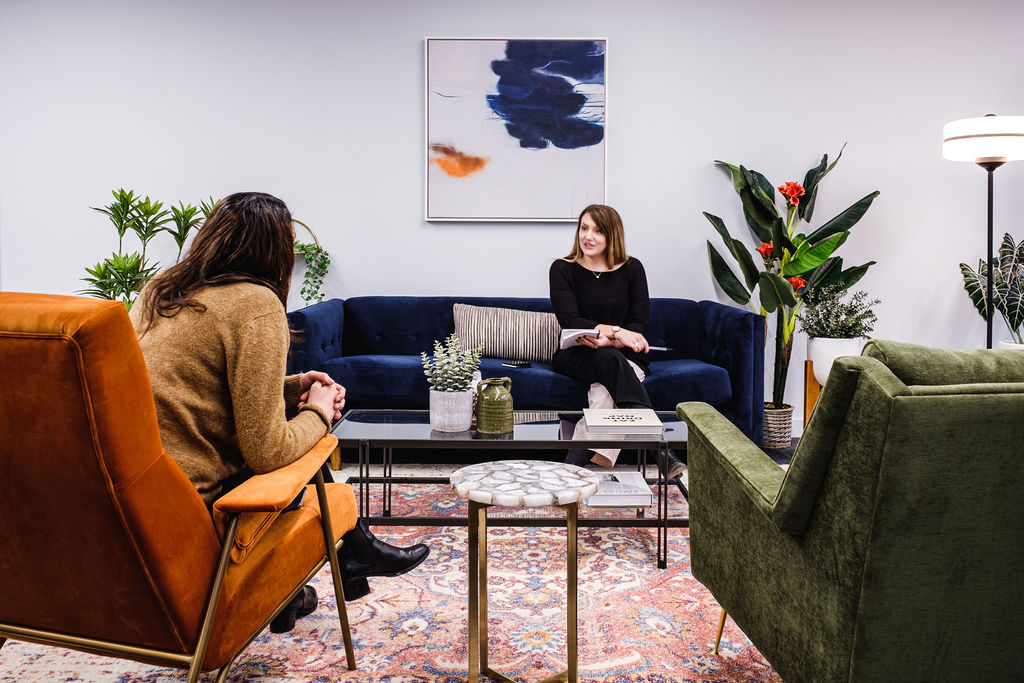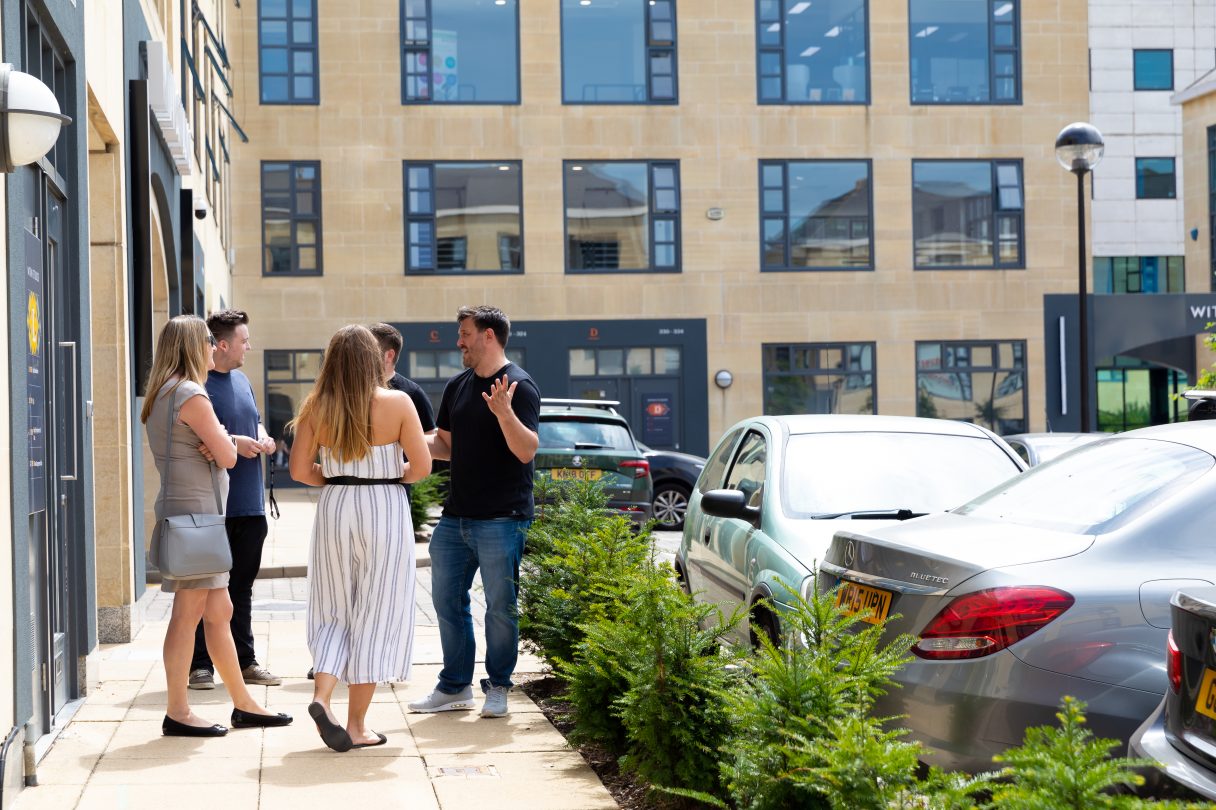This website uses cookies so that we can provide you with the best user experience possible. Cookie information is stored in your browser and performs functions such as recognising you when you return to our website and helping our team to understand which sections of the website you find most interesting and useful.
The dark side of working from home
This year, remote working has been thrust into the spotlight, as employees were forced to work from home, and businesses have realised it’s not that bad.
Productivity has remained high, employees are happier, office costs are lower, and who doesn’t love a 30-second commute. But, as the home office looks set to become a permanent fixture, are we overlooking the darker side of working from home?

Working from home - the gold-tier benefit
Rewind 10 months and remote working was the benefit of all benefits. Laptops and mobiles meant working from home was possible; short commutes and quiet environments meant working from home was easier, but productivity and team-spirit meant that employers just weren’t sure. Accordingly, it was a benefit afforded to very few.
Then suddenly the world changed, and the largest working from home experiment got underway, with impressive results.
Productivity has increased, employees are more engaged, and employers are realising the benefits of a remote workforce. It’s been so successful that seven out of ten employees want to
work from home permanently, and six out of ten businesses expect this to happen. But is working from home all it’s cracked up to be?

Working from home - the dark side
While the immediate benefits of more time, less travel, increased concentration and four-legged colleagues are great, the long-term consequences of remote working have a darker side. These include:

Social contact
Humans need social contact. Sure, people can be annoying, frustrating and not as funny as your cat, but over time a lack of social interaction leads to isolation, loneliness, fear and negative self-esteem. Zoom calls are great but are they really a substitute for coffee chats, lunchtime table tennis and in-person team meetings?
Burnout
A LinkedIn survey found employees work an average of 28 hours extra per month when working from home. Forget watching Loose Women, playing video games or taking a mid-afternoon nap - people are starting earlier, finishing later and logging in when they should be logged off. This puts employees at a higher risk of burnout.
Mental health
The drive (or ride) to the office isn’t just an excuse to vent some road rage or splurge on parking - it’s time to detach. The commute is an opportunity to leave home at home and work at work, which is crucial for everyone’s positive mental health, regardless of how positive their home or office life is.

Vitamin D
Ok, you might think we’re stretching things here but it’s true. Vitamin D is linked to improving immunity, tiredness, depression, muscle weakness, bone pain, and even ageing. Sunlight is the biggest and easiest form of vitamin D but working from home, especially in the winter, means many could lack in this wonder vitamin. This could also increase the occurrences of seasonal affective disorder (SAD).
Physical health
If you’ve been perched at the end of the kitchen counter, balanced on the coffee table or set-up from bed, you’re not alone. Most employees don’t have the space or equipment for a dedicated home office, which leads to back pain, eye strain and other problems further down the road.
Exercise
Let’s not forget the amount of inadvertent exercise (or bonus calorie burning) you get from the office. Walking to and from the car, going for a stroll at lunch, and rushing between departments all adds up and is taken away when working from the sofa.

Practicalities
Finally, the practicalities of working from home vs the office. Team meetings, group projects, onboarding, ideas, questions, friendships, chats - all those things that happen naturally at work but become more challenging to foster at home.
Warning: Trying to access array offset on false in /home/letready/letready.devtester.co.uk/build/wp-content/themes/let-ready/includes/modules/content-flexi.php on line 189
Where do we go from here?
Experts pitch September as the month businesses return to the office en mass or fully commit to remote working. Do you have to choose?
We know there are tonnes of benefits when working from home, and no-one wants to be the employer ending the fun and demanding everyone back. But, after speaking to our Witan residents, we also know there are concerns about the long-term consequences of abandoning the office.
We believe the future lies in flexible working. How this looks in practice depends on your business. It could involve split home and office shifts, more flexibility to work from home as needed, a satellite office for meetings and group projects, or joint office spaces.
Whatever the future of the office looks like, we’re here to support it.

